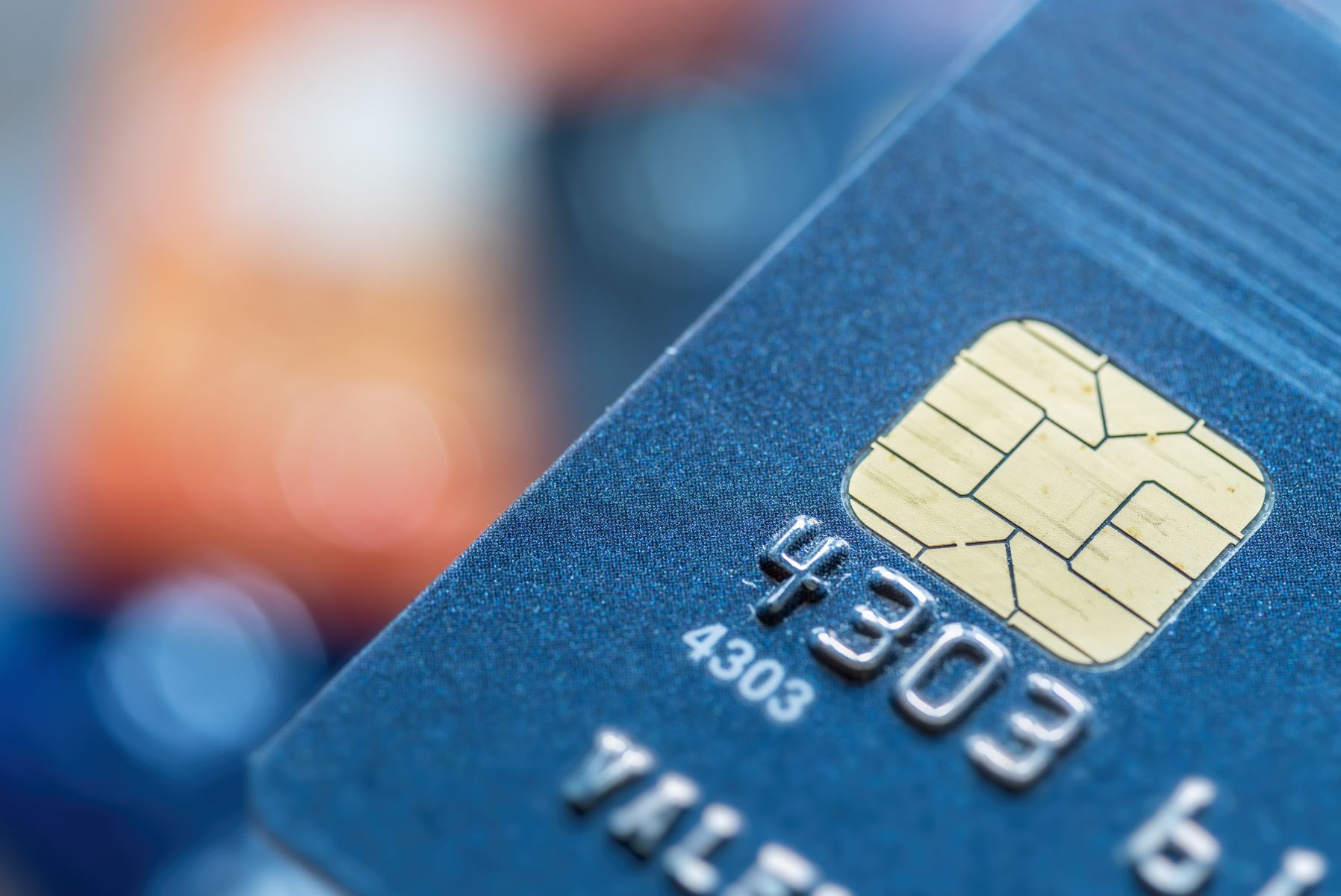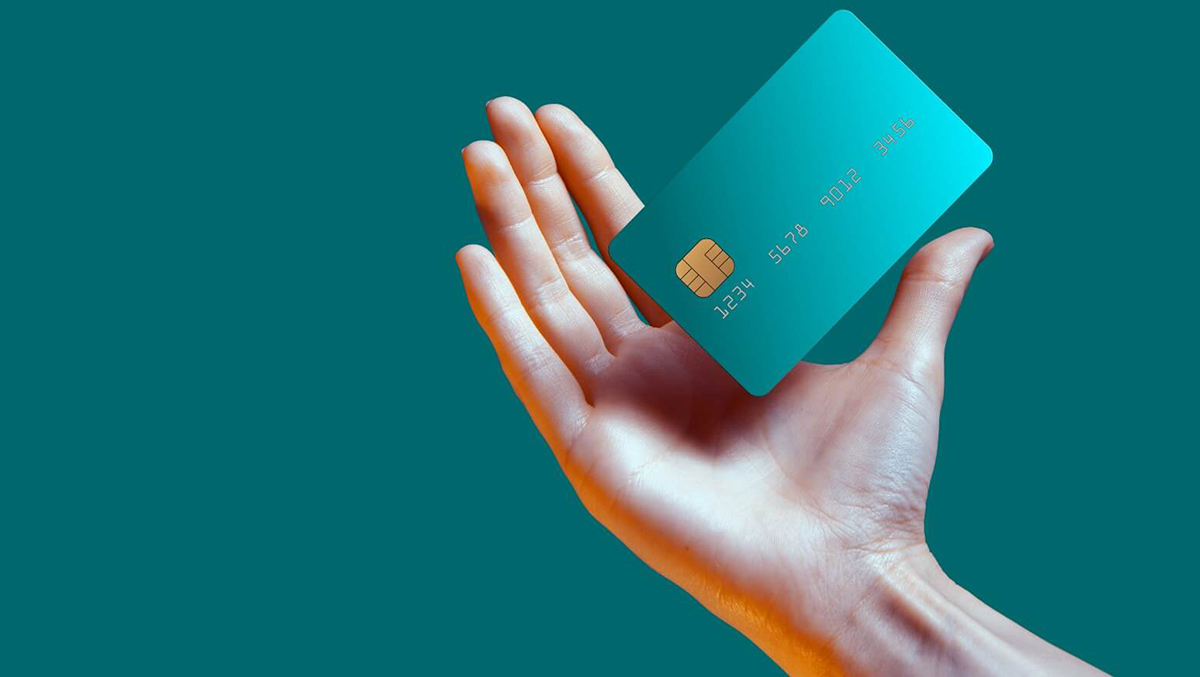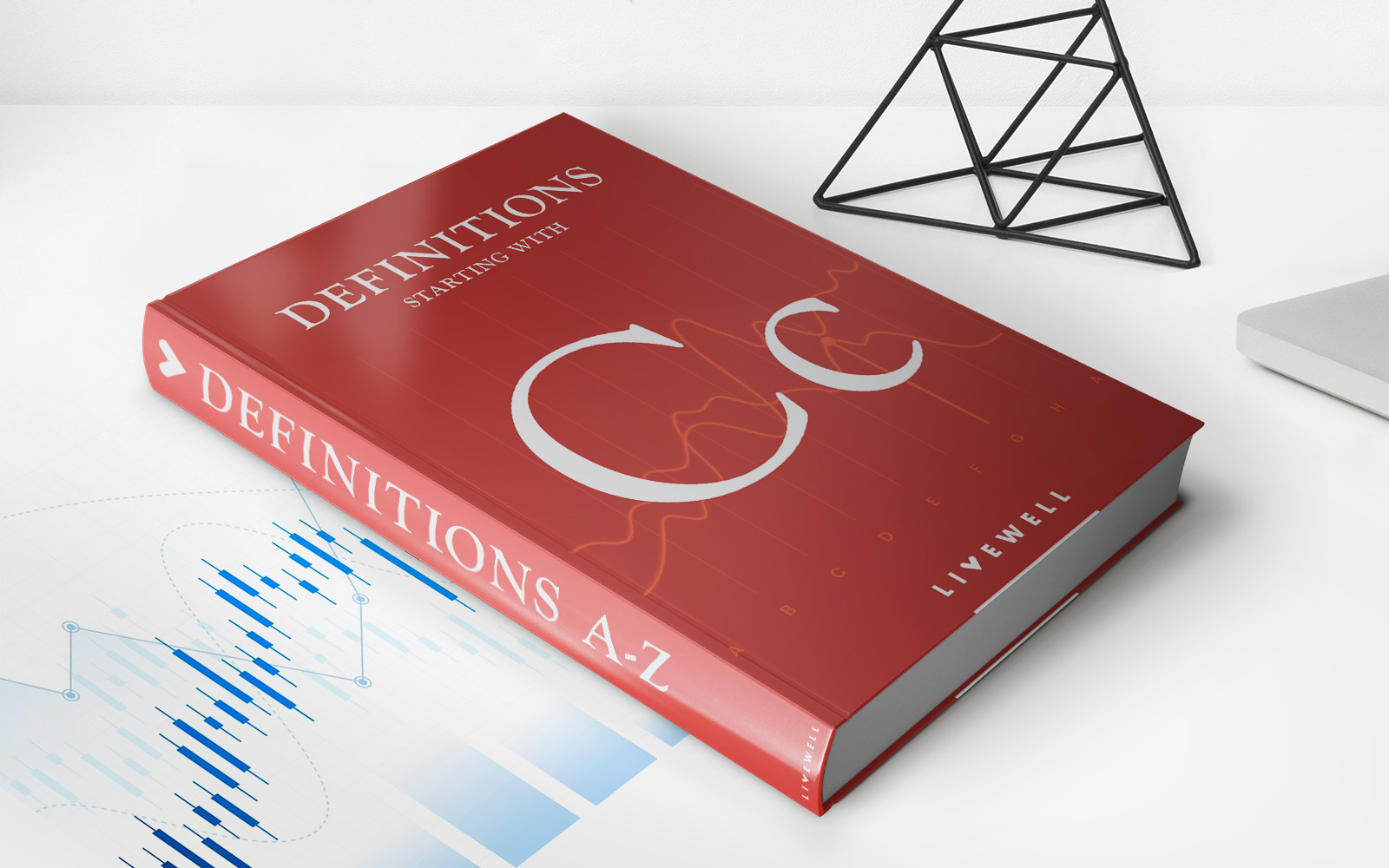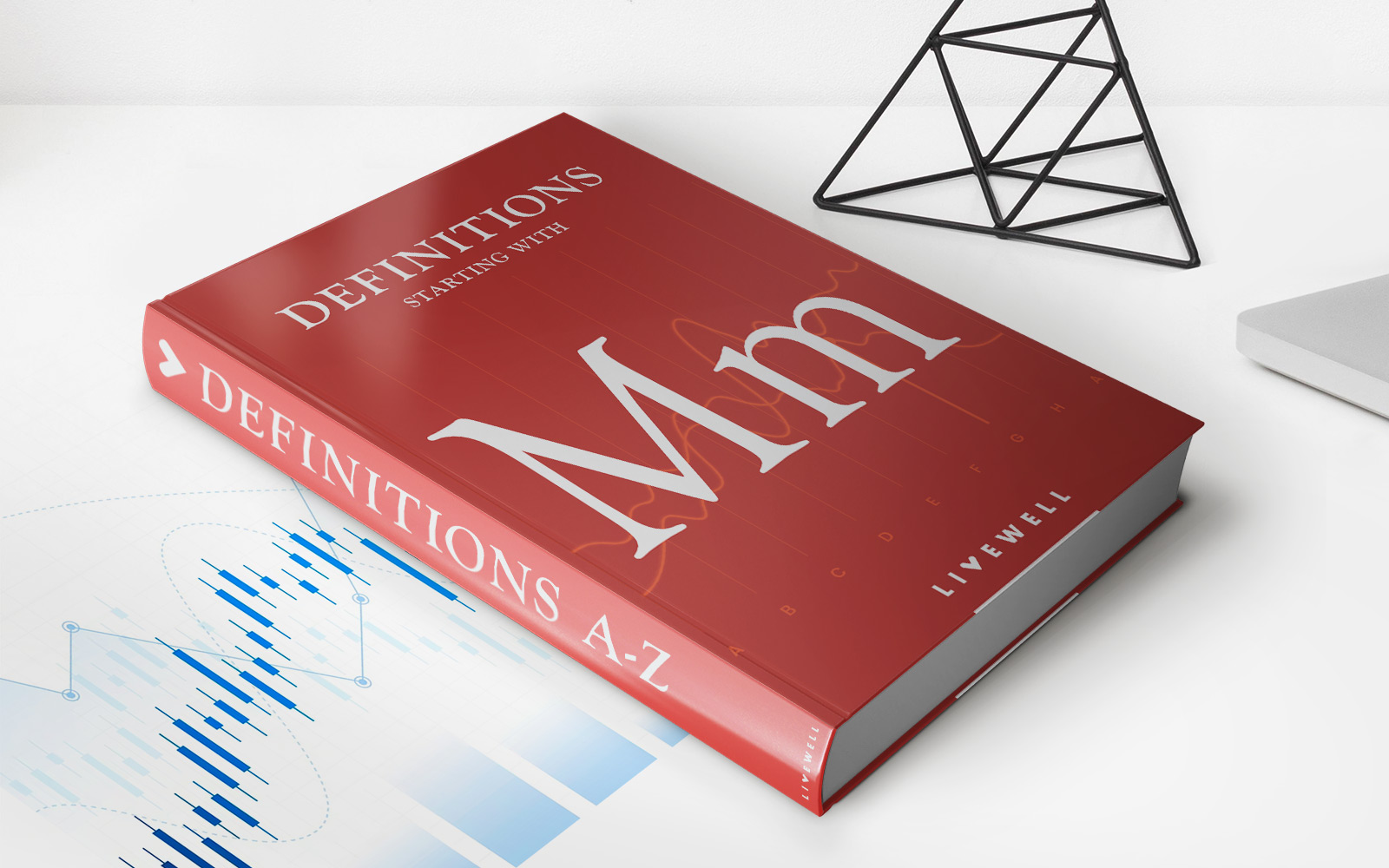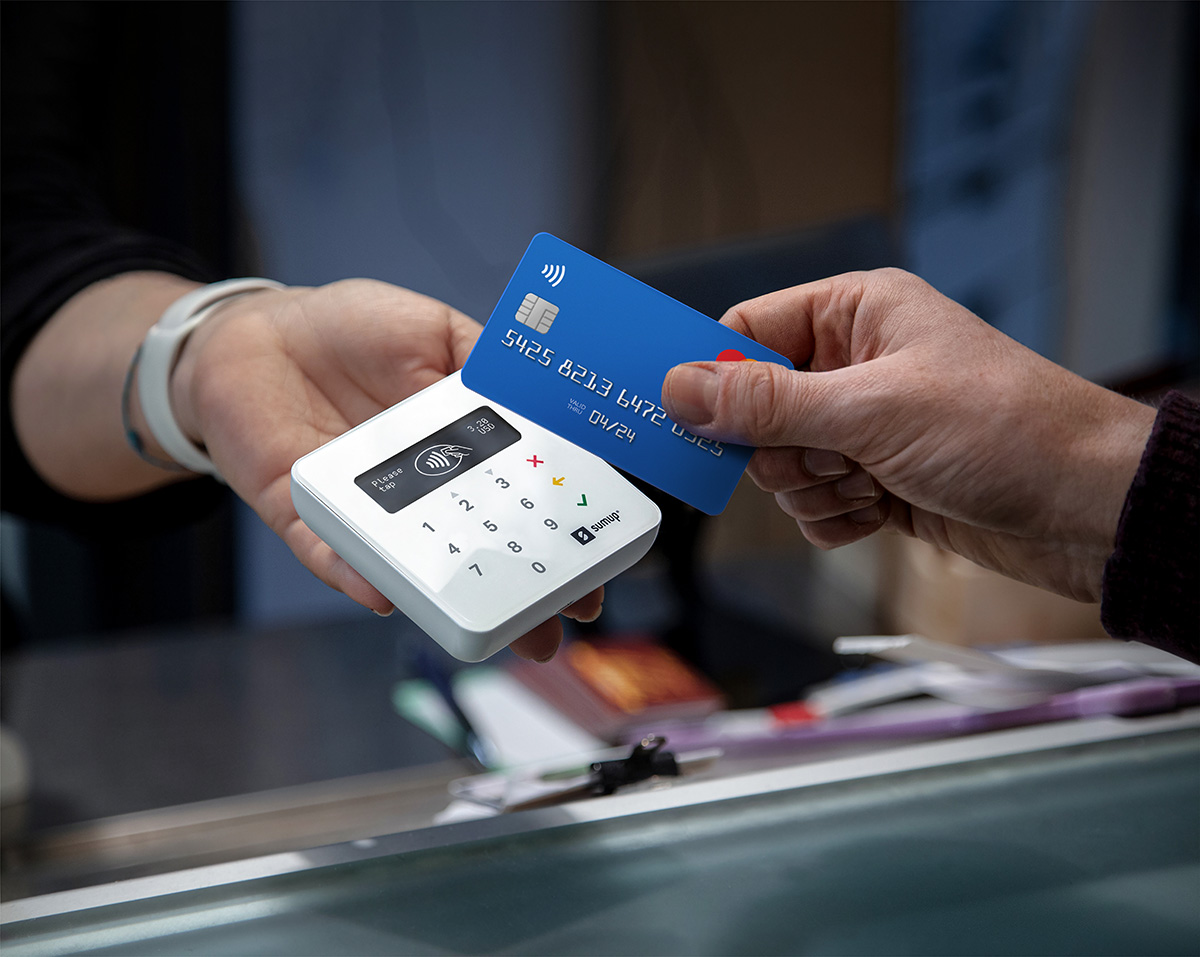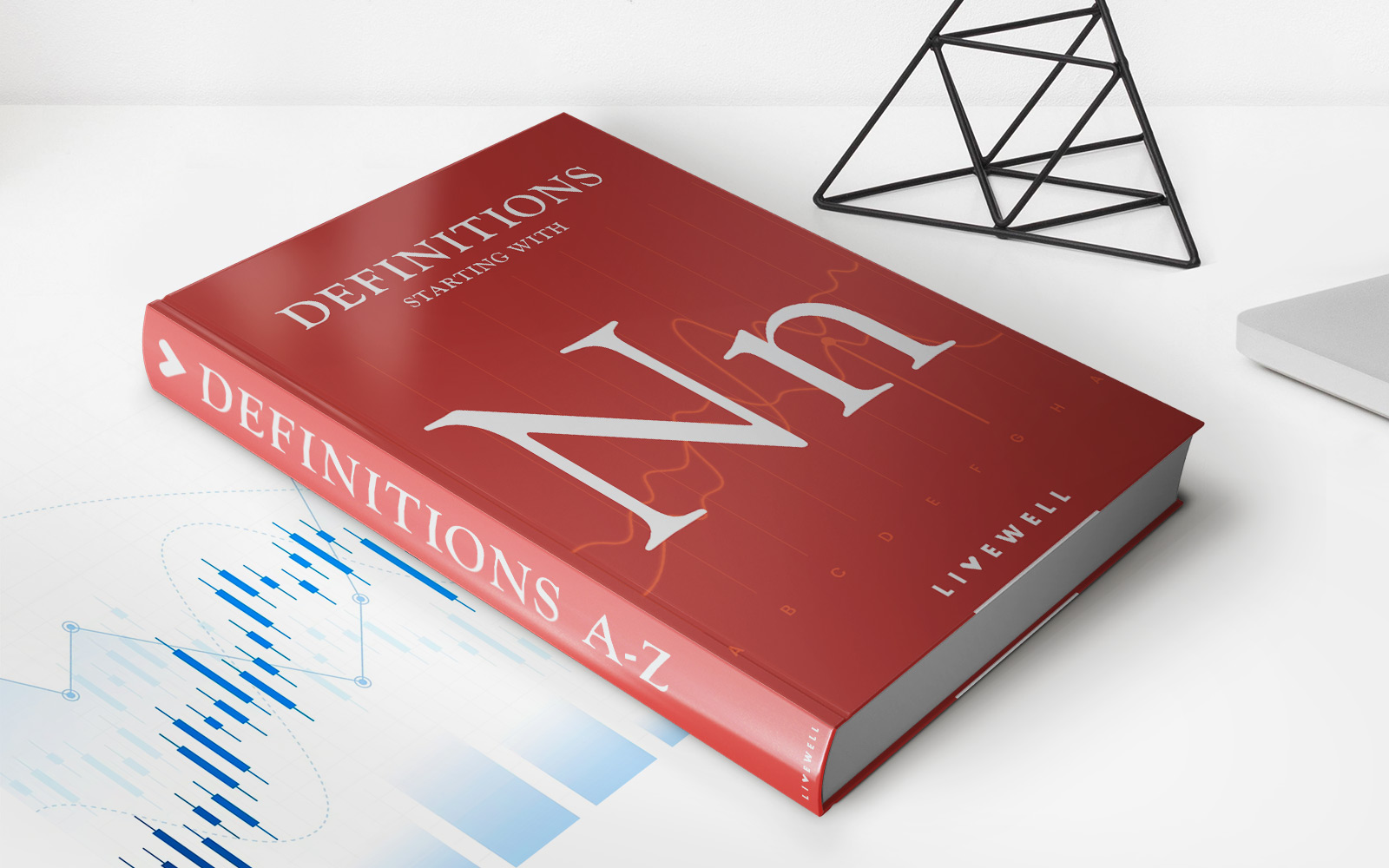Home>Finance>Chip Card: Definition, How It Works, Types, And Benefits
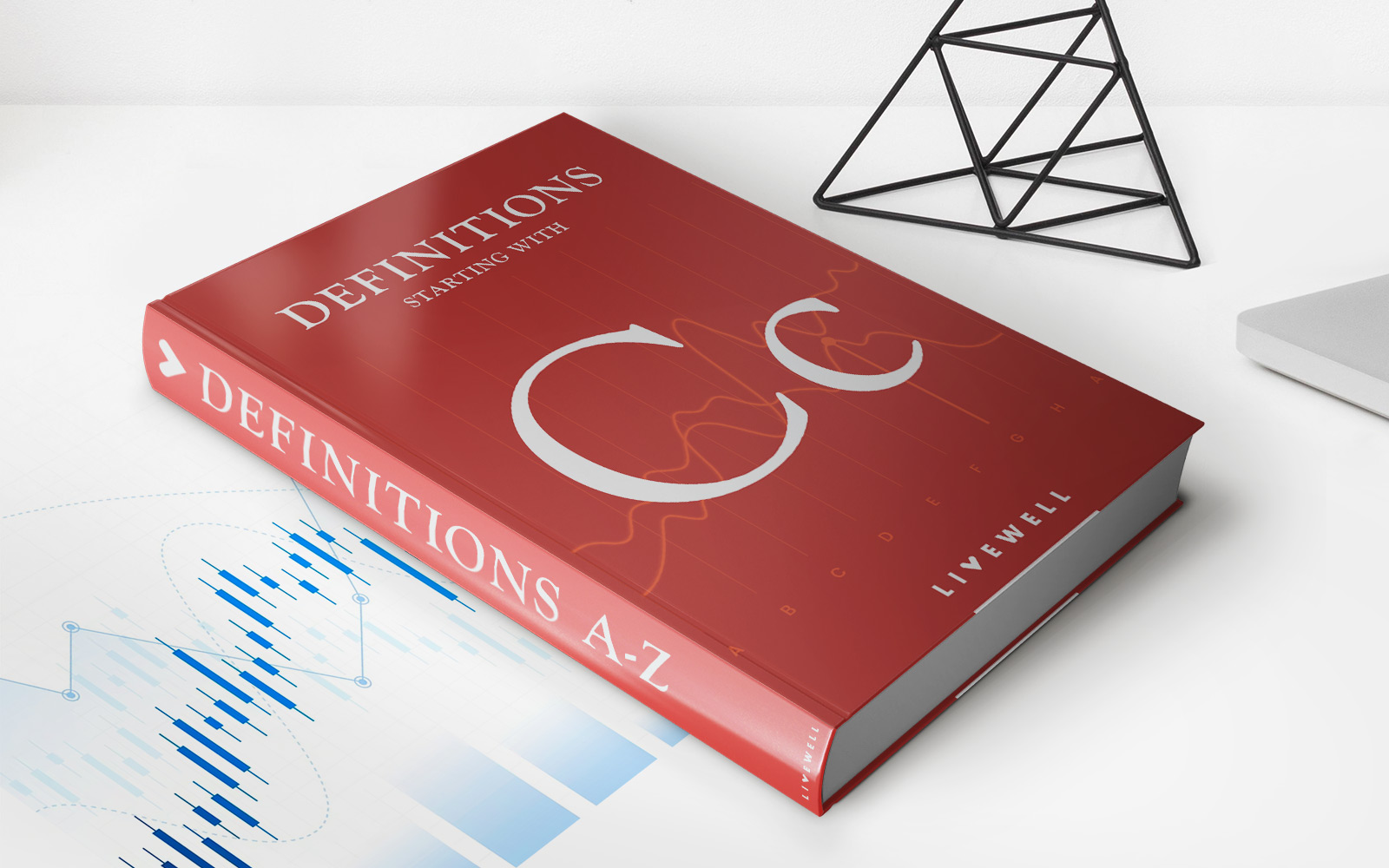

Finance
Chip Card: Definition, How It Works, Types, And Benefits
Published: October 27, 2023
Learn all about chip cards in finance, including their definition, how they work, different types, and the benefits they offer.
(Many of the links in this article redirect to a specific reviewed product. Your purchase of these products through affiliate links helps to generate commission for LiveWell, at no extra cost. Learn more)
Chip Card: Definition, How It Works, Types, and Benefits
Welcome to our Finance series, where we dive into various financial topics to help you make informed decisions and improve your financial well-being. In this installment, we will be exploring the world of chip cards, also known as EMV cards. If you’ve ever wondered what a chip card is, how it works, the different types available, and the benefits they offer, you’ve come to the right place!
Key Takeaways:
- A chip card is a type of payment card that features an embedded microchip, providing enhanced security and reducing the risk of fraud.
- Chip cards are widely accepted globally and offer increased protection against counterfeit transactions.
What is a Chip Card?
Simply put, a chip card is a payment card, such as a credit or debit card, that includes an embedded microchip. This microchip stores and processes data, providing additional security measures compared to traditional magnetic stripe cards. The chip within the card generates unique transaction codes for every purchase, making it incredibly difficult for fraudsters to counterfeit or clone the card.
How Does a Chip Card Work?
When using a chip card for payment, you will insert the card into a card reader instead of swiping it. The card reader interacts with the chip, initiating a dynamic authentication process. This process generates a unique transaction code for each transaction, providing an added layer of security. The card must remain in the reader until the transaction is complete, ensuring that the chip’s data is securely transmitted.
Furthermore, chip cards also have a magnetic stripe, allowing them to be used in older payment terminals that do not support chip technology. If used in this manner, the cardholder may need to provide a signature instead of using a PIN to complete the transaction.
Types of Chip Cards
There are primarily two types of chip cards available:
- Chip and PIN Cards: These cards require the cardholder to enter a unique Personal Identification Number (PIN) during the transaction. The PIN provides an additional layer of protection, ensuring that only the authorized cardholder can complete the transaction. Chip and PIN cards are widely accepted globally and are considered more secure than their signature-based counterparts.
- Chip and Signature Cards: Rather than using a PIN, chip and signature cards require the cardholder to sign a receipt to verify their identity. While these cards still offer enhanced security compared to magnetic stripe cards, they are not as secure as chip and PIN cards. Chip and signature cards are more prevalent in the United States, where the transition from magnetic stripe to chip technology is still ongoing.
The Benefits of Chip Cards
Now that we understand what chip cards are and how they work, let’s explore the benefits they offer:
- Increased Security: Chip cards provide an added layer of security compared to traditional magnetic stripe cards. The unique transaction codes generated by the chip make it incredibly difficult for fraudsters to replicate or clone the card.
- Global Acceptance: Chip cards are widely accepted worldwide, making them an essential payment tool for travelers.
- Reduced Fraud: The implementation of chip technology has led to a significant reduction in counterfeit card fraud.
- Compatibility with Older Terminals: Chip cards feature a magnetic stripe, enabling them to be used in older payment terminals that do not support chip technology.
So, the next time you get a new credit or debit card, look out for the chip! Enjoy the enhanced security and peace of mind that comes with using a chip card for all your payment transactions.
For more finance-related topics, be sure to explore the other posts in our Finance series. Stay tuned for our next installment, where we will delve into another exciting aspect of the financial world.
